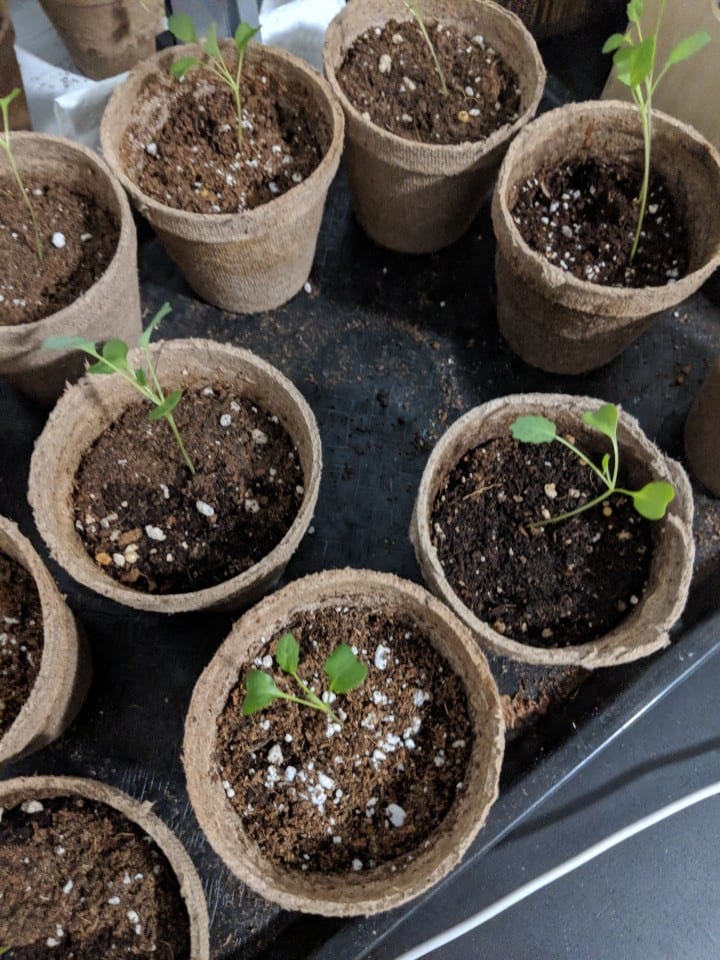

It grows happily in most regions of the United States, except during the hottest parts of southern summers. Its ability to grow in harsh cold winters has garnered this plant plenty of popularity in the northern climates of Scotland, Russia, Scandinavia, and Canada. Wild European Roots This dark, leafy vegetable originated in Europe where the weather gets fairly cold.īrassica oleracea started out as a wild mustardy cabbage green native to coastal southern and western Europe. Kale (“kail” in Scotland) is so ubiquitous in the traditional Scottish diet that the entire kitchen garden was typically referred to as a “kailyard.” And the classic collard greens that fill American southern cuisine are actually just another close cousin of kale. Though it has regained a lot of popularity in recent years, this lush vitamin-rich leafy green has been nurturing European cultures for at least 2,000 years.Īncient Romans grew several varieties of kale, collards, mustards, and primitive cabbage-like greens. Kale is one of the trendiest vegetables of modern times you can find it in kale chips, green smoothies, “Buddha bowls”, and even on t-shirts. Modern Trend With Ancient History Though it may not seem like kale has been around for long, it’s been providing nutrients to humans for thousands of years. oleracea has found its way into nearly every cuisine in some way or another. If that sounds tasty but you’re in the mood for something with a different flavor profile, why not try this recipe for spicy peanut kale with shoestring potato fries? You’ll find this one on Foodal as well.Whether it’s curly, ruffled, green, purple, or even ornamental, all kale varieties belong to the species Brassica oleracea. This species includes a wide range of kale-cousins as well, from bok choy to collards to broccoli and beyond, B. I also inspect the undersides of leaves for any pests that may have hitchhiked in from the garden. I drain the water and repeat until the washing water is clear. When washing this veggie, I like to fill my salad spinner with water and plunge the leaves into it. It doesn’t have frilly leaf margins where bugs and dirt can hide. Lacinato can be used like any other type of kale, but, as I mentioned earlier, I find it much easier to prepare from the garden than other cultivars. There’s a recipe at our sister site Foodal.

You could also add some chopped leaves or stems of this cruciferous veggie to a jar of lacto-fermented dill pickles. I have a few jars of fermented veggies that have been in my fridge for over two years! These will keep in the fridge nearly indefinitely, if you don’t contaminate them – with a utensil that has been in your mouth, for instance, – and as long as the veggies remain submerged in the brine.Īfter long periods of storage, eventually the veggies will soften, becoming less pickle-like. They should taste like sour pickles when they are ready to eat.

Let the veggies ferment for approximately one week or so, and taste them to determine if they are ready. It’s also a good idea to put the jar on a plate to collect the overflowing brine that inevitably occurs when bacteria and yeasts become active. Put the lid on but don’t tighten it, to allow for pressure to be released as it builds up during fermentation. Place your jar of fermenting veggies out of direct sunlight, but somewhere that you will see it and remember to check on it.


 0 kommentar(er)
0 kommentar(er)
